
Introducing the LightScalpel CO2 Laser, a cutting-edge device revolutionizing surgical precision and patient care. Designed with years of expertise in medicine and oral surgery, this advanced technology harnesses a concentrated beam of CO2 laser light to vaporize tissue cleanly and precisely, while simultaneously sealing blood vessels. Unlike traditional methods, the LightScalpel laser minimizes tissue trauma with its narrow coagulation zone, as thin as 50 microns—roughly the width of a human hair—making it ideal for a myriad of surgical procedures. Whether debulking tumors or delicately removing unhealthy tissue, its unparalleled precision ensures superior outcomes. With proper usage under trained professionals, the LightScalpel CO2 laser offers safety akin to traditional instruments, ensuring patients receive optimal care. Discover if laser surgery is right for you and experience the future of surgical innovation firsthand.
Learn MoreThe LightScalpel CO2 laser is a device that produces a concentrated beam of light. The highly focused CO2 laser beam vaporizes, cleanly and precisely, while sealing blood vessels at the same time. Years of experience in medicine and oral surgery went into the design of the LightScalpel laser, which was made to provide superior care for patients.
The LightScalpel CO2 laser provides precise surgical solutions by interacting with tissue through an intense beam of laser light, minimizing trauma and achieving a narrow coagulation zone. With the unique ability to vaporize tissue, it can perform incisions and remove unhealthy tissue with unmatched accuracy, from selectively targeting individual cells to debulking large tumors.
When used according to accepted guidelines by a trained practitioner, the laser is as safe as other instruments. You will wear special protective glasses, just like you would to protect your eyes from sun exposure.
Revision of short lingual frenum (“tongue-tie”)

Before

Immediately After
Correction of wide tight frenum (“lip-tie”)
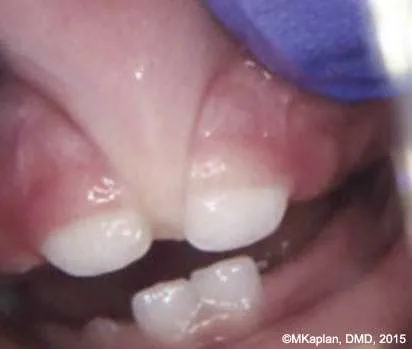
Before
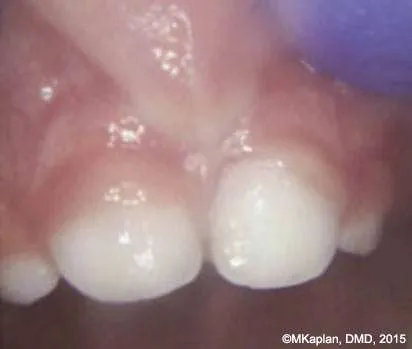
8 Weeks After
Correction of thick frenum (“lip-tie”) followed by spontaneous closure of diastema (gap between teeth)
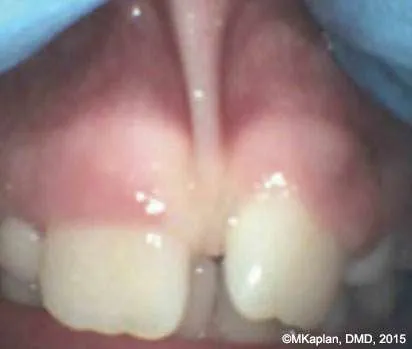
Before
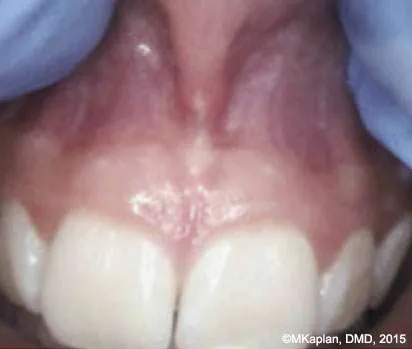
4 Weeks Later
Correction of enlarged frenum (“lip-tie”) followed by spontaneous tooth rotation & closure of diastema (gap between teeth)
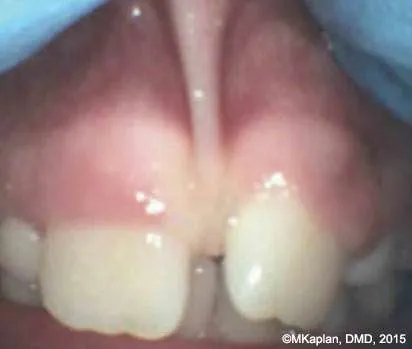
Before
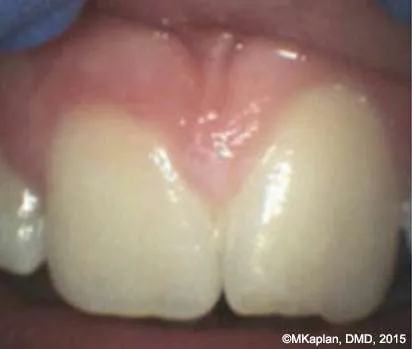
8 Weeks After
Correction of enlarged frenum (“lip-tie”)
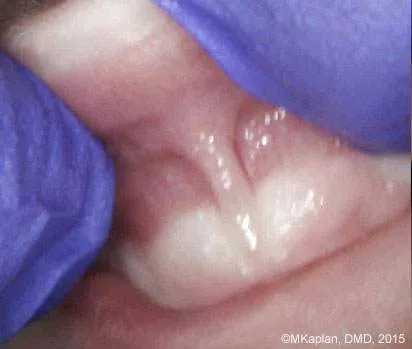
Before

3 Weeks After
Removal of benign skin growth on lip

Before
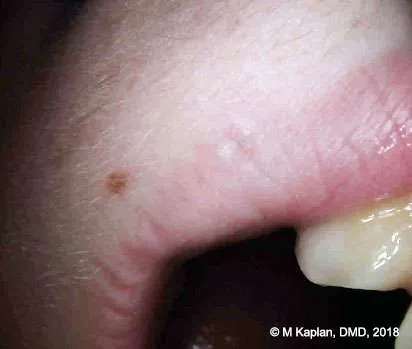
2 Weeks After
Removal of a tumor in the mouth
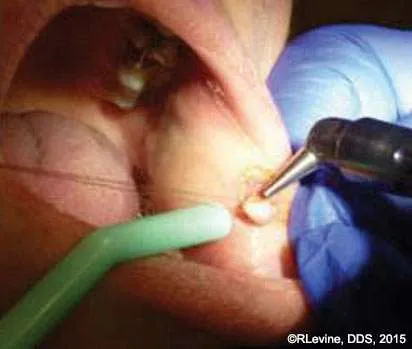
Before

4 Weeks After
Removal of small flap of inflamed tissue partially overlapping back molar
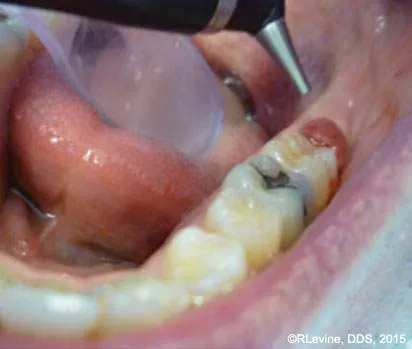
Before

1 Week After
Correction of hyperplastic gingiva (enlarged gums)

Before

2 Weeks After
Correction of enlarged gums
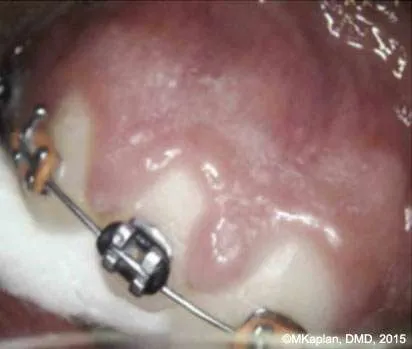
Before
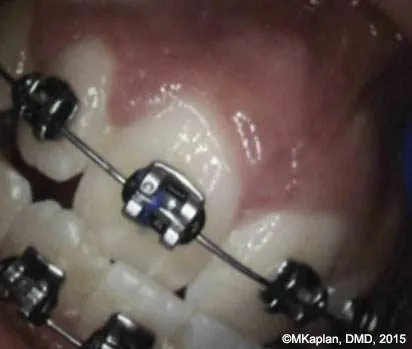
2 Weeks After
Removal of cyst on lip
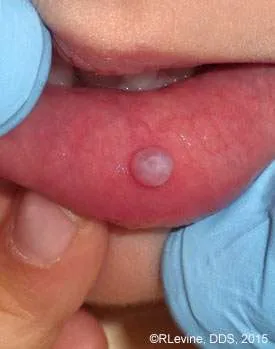
Before

Immediately After
Deepening mouth vestibule to increase denture stability & retention
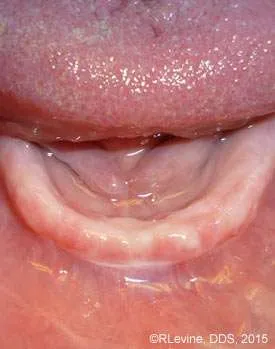
Before

With Dentures in Place
